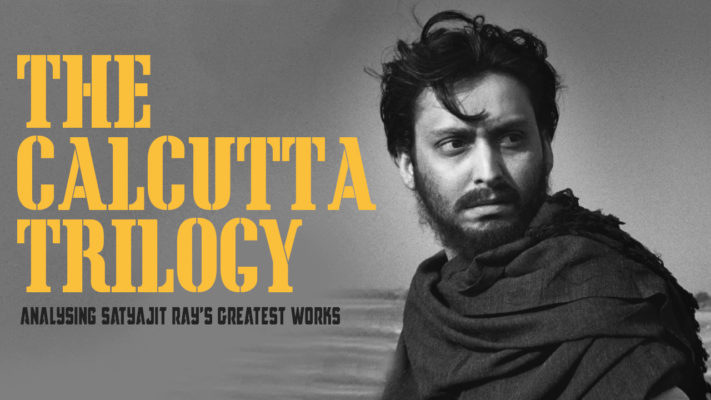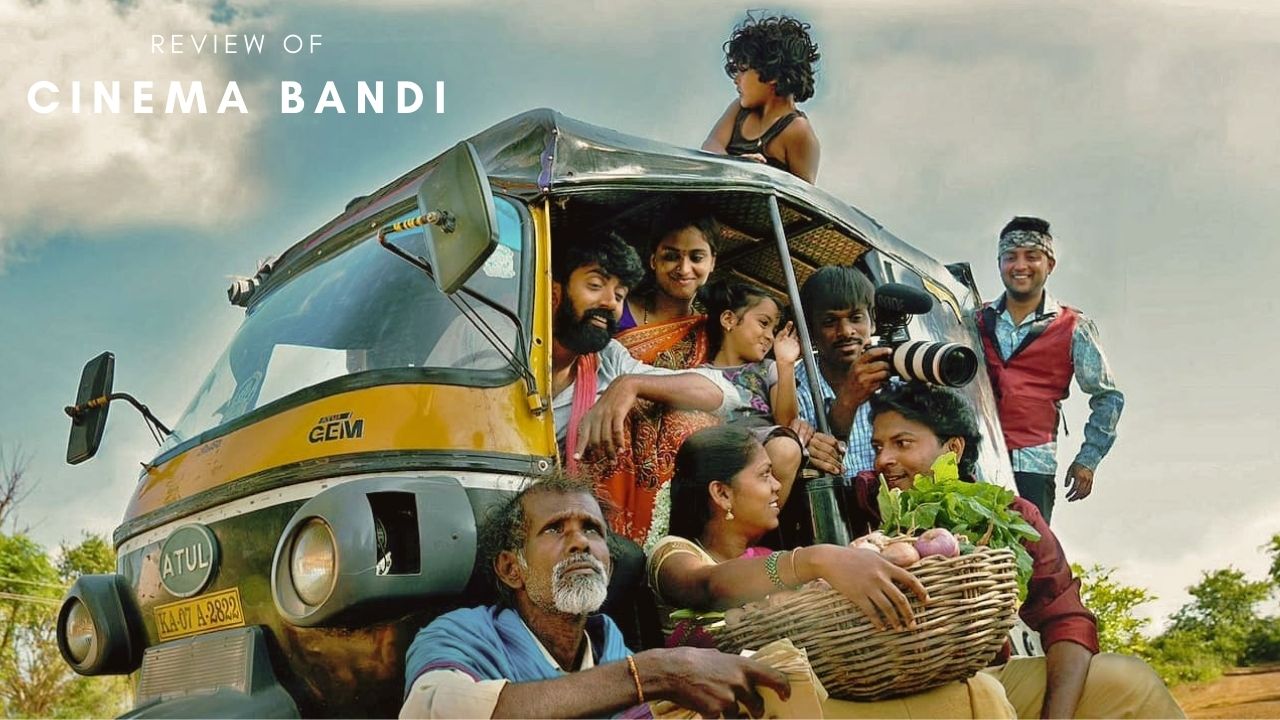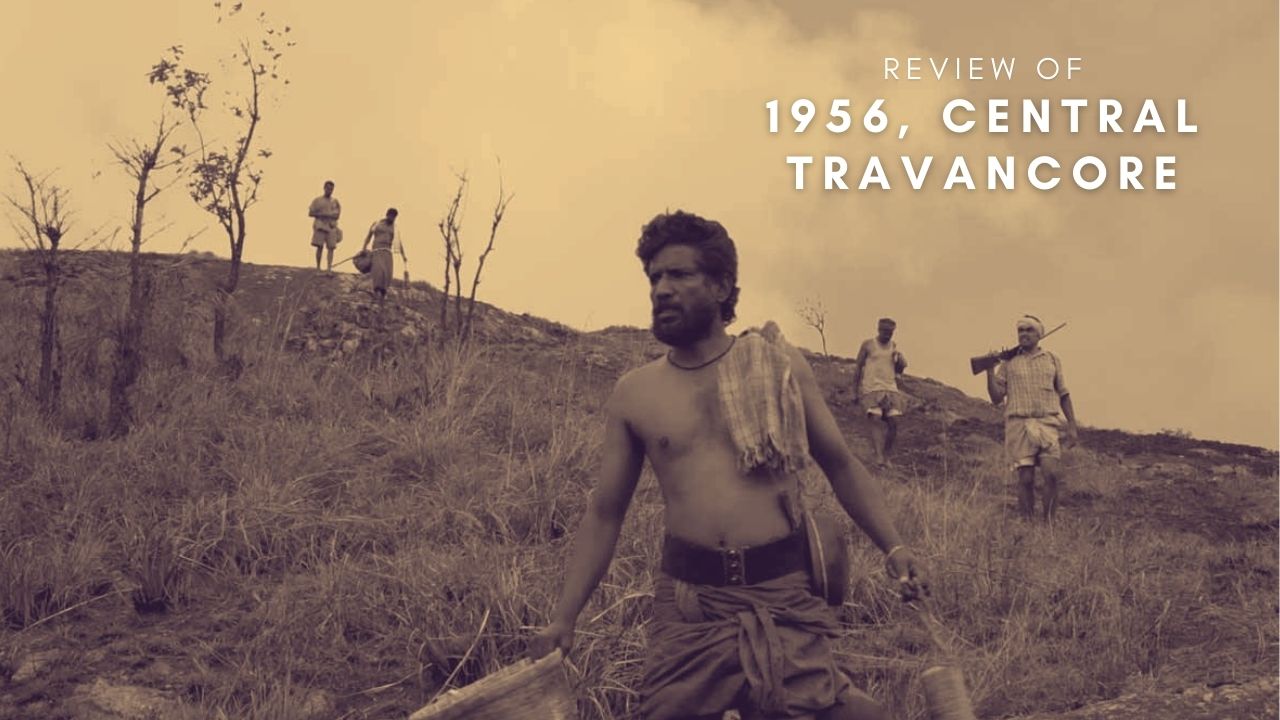
Ray And His Portrayal Of The Country Through His Cinema
Prominent actress and Rajya Sabha member, Nargis Dutt had once criticized Satyajit Ray, accusing him of tarnishing the image of Indian cinema by centering his films on the trope of poverty and dissolution. According to Dutt, Satyajit Ray had been using India’s poverty to gain international prominence. If one focuses his or her attention on ‘Pather Panchali’, the first film directed by Ray, which is unanimously considered as his most popular work, this accusation levied against him may be somewhat accepted. Whether or not Ray intended to use poverty as a trope calls for another debate altogether. However, if you look at the filmography of Ray, Nargis’ accusation stands blunt and null.
As a director and narrator, Satyajit Ray’s center of focus had mostly been the urban Bengali household – the middle-class citizens – whose paranoia, frustrations and simple joys he could well identify with. A glimpse of Satyajit Ray’s yearning to portray the Bengali middle-class population, their utter helplessness in front of changing times and their crises can be felt in numerous films. However, in his three films – ‘Jana Aranya’, ‘Pratidwandi’ and ‘Seemabaddha’ which make up his famous Calcutta Trilogy – he focuses his attention of the essential ennui of the times which grasped the common Bengali youth in a kind of nothingness, paralyzing them and making them slaves to the society.
Bengal In The 1970’s And Satyajit Ray
Satyajit Ray’s Calcutta Trilogy is set in the 1970’s Bengal, which was a period of nihilistic delusion for the youth. The Naxal period was just over – there was madness and frustration all around – joblessness and a falling empire grasped and shattered the dreams of the educated youth. However, instead of focusing his attention on the lives of downtrodden or grasping the frenzy of the times plainly, the maverick filmmaker’s neo-realism led him to weave his stories into profound human and social documentaries, with his three heroes – Siddhartha Bose, Shyamalendu Chatterjee, and Somnath Sarkar – voicing the apathy of the Bengali youth.
Now, the best thing about these films is that all the three characters belong to different economic statuses, they have different desires and their points of crises are completely different from one another – yet they are bound together by their utter helplessness in front of the drudgery of human life and societal pressure. They must either submit themselves or perish.
Three Men And One Society
The first film in the trilogy, ‘Pratidwandi’ (1970), explores the making of the angry young man stereotype through the protagonist Siddhartha Bose. Well, Ray’s “angry young man” does not bear any resemblance to Bollywood’s depiction of the same. Siddhartha is the epitome of educated Bengali intelligentsia, who is thwarted against the hopelessness of the society as he is forced to leave his medical education midway due to his father’s untimely death.
He has no job and has to settle for something way below his skills and intelligence just to get going. Who is his adversary or pratidwandi? The socio-political situation of Bengal? The people who are unwilling to hire him? Or, is it his par-excellence career record so far which is curbing his desire to settle for anything lesser than he deserves? The answer remains open for us to guess.
The next film in this trilogy was released after a year, in 1971. The film is ‘Seemabaddha: Company Limited’, whose protagonist is the complete opposite of Siddhartha Bose. He is Shyamalendu Chatterjee, an ambitious sales manager of a foreign company, a high society person who cherishes every bit of his success. Interestingly, Ray used the style of Shakespearean tragedy to express Chatterjee’s vaulting ambition and his imminent downfall (of course, the downfall here was resulted out of an inner catastrophe rather than an exterior one) after his sister-in-law visited him.
Although Shyamalendu’s life was all of glory and success, somewhere down his own heart, he was trapped (hence, seemabaddha) – nauseated in his own guilt, which left almost no space for any inner happiness or emotional gratification. He may not be one from the struggling class – but is he free and not conditioned by the society he is a product of?
The final film in the trilogy was released after five years, in 1976. The film is ‘Jana Aranya – The Middleman’, which showcased the plight of ordinary middle-class people, and to how low one had to stoop down in order to survive – just survive. The protagonist Somnath Sarkar is an educated middle-class man, looking for a decent job opportunity. However, at a time when Bengal was going through a lot of socio-political turmoil, he found himself amidst a flurry of ‘no-vacancies’ till he decided to start a business and work as a ‘middleman’ or a Dalal. Lured by easy money, the humble Somnath transformed into an ambitious businessman till, one day, he had to trade his friend’s sister against a big deal.
In this film, the term ‘middleman’ transcends from the literal to a more symbolic meaning, where the protagonist is torn between his ambitions and his ideals. Interestingly, the film does not just focus on the plight of Somnath but also veers into the life of Kawna, his friend’s sister, who had to trade her body for money to get her little brothers and sisters two-square meals.
Do These Protagonists Not Mirror The Plight Of Modern Indian Youth?

All the three films in the Calcutta Trilogy were adapted from novels authored by eminent Bengali writers of the times. Both the novels and their onscreen adaptations veered on the lives of the times, as already envisaged by you in the article. But, do you think that the time has really changed? Is the plight of the middle class, the nominally educated youth, not the same? Yes, nowadays, there have emerged numerous income opportunities, with the Internet playing a major role in the same.
But, the conditions are quite akin in smaller towns and cities, where the number of jobs available can never cater to the numbers of applicants. People like Shyamalendu are also quite common in bigger cities, who compromise their own happiness and emotional space to gain a professional accolades; also, like Somnath, you know not how many people are torn between their ambitions and ideals, who have to denounce their ideals just to survive in this big, bad world on a daily basis. Ray’s films may be more than forty years old but they do not fail to mirror the society that we live in.














